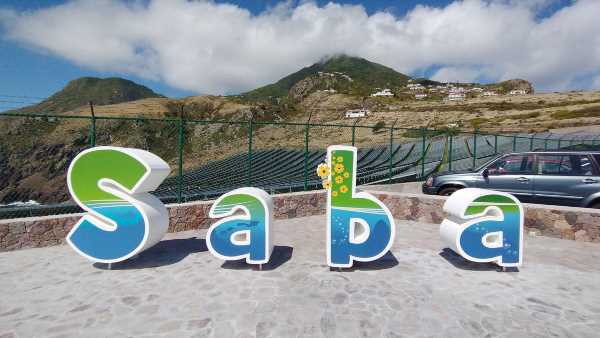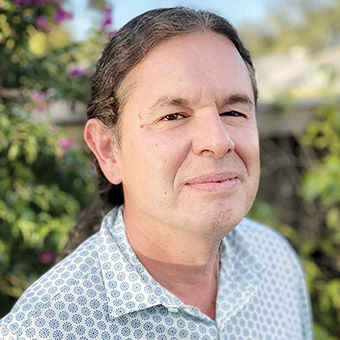
With record temperatures recorded in the Caribbean this year, and many destinations reporting increased numbers of visitors, electricity demand at resorts and other businesses in the islands is growing. With that in mind, many establishments have turned to solar panels to harness renewable energy for their operations.
Countries and territories in the region seem to be following suit.
Last month, the Dutch territory of Saba formalized a new project with RMI, a nonprofit that focuses on sustainable energy practices and oversees project implementations, to produce nearly 90% of Saba’s energy. The project will consist of a combination of solar energy, battery storage and wind turbines and will be located on the east side of the island in the Giles Quarter.
Right now, the island’s solar panels generate enough electricity to supply energy to the entire island for eight to 10 hours a day. The new project would increase that length to 20 hours, or 90% of the island’s power usage.
Other sustainability efforts of Saba, which calls itself the “unspoiled queen of the Caribbean” are already in place, whether by single-use-plastic bans, reverse osmosis water treatment or coral reef protections.
Saba, at five square miles and with a population of nearly 2,000, has an advantage that larger destinations do not.
“Due to its size, Saba holds a unique opportunity to lead the way toward 100% renewable energy in the region,” said RMI managing director Ije Ikoku Okeke.
• Related: Tiny Saba is big on natural adventures
Among RMI’s past projects include those on Ragged Island in the Bahamas, which was destroyed by Hurricane Irma. There, RMI worked with Bahamas Power & Light to design, develop and install a solar microgrid. Today, the Bahamas now has renewable microgrids on Highbourne Cay, Chub Cay and Over Yonder Cay, totaling almost 6.5 megawatts of renewable power.
Last year, RMI launched the Caribbean Climate-Smart Fund, a $150 million investment fund to be used in projects across 20 islands based on various criteria. Among the goals are to eliminate 240 million metric tons of CO2 annually, an impact RMI said is equal to removing more than 51 million vehicles from the road per year. Another goal is for islands to save $24 billion in electricity costs yearly.
According to Renewable Energy World, oil imports to Caribbean states cost an average of 10% of each island’s GDP, with the exception of Trinidad and Tobago and Guyana, which have their own petroleum or gas reserves. Electricity for consumers, meanwhile, can cost three to four times as much as in the U.S.
Sustainability efforts throughout the islands
Other Caribbean destinations are also attempting to harness renewable energy. Dominica, with its nine volcanoes, is taking full advantage of the island’s geothermal potential, investing $55.5 million to build a geothermal power plant in the Roseau Valley, and a transmission network to deliver electricity across the island. The project is underway, and officials are aiming for a 2025 completion.
St. Lucia is currently exploring geothermal technologies, as well. In 2016, the government launched a strategy for transitioning to a more sustainable energy sector by 2030. It has set a target of generating 35% of the island’s electricity from renewable sources by 2025, and 50% by 2030. An existing 3-megawatt solar power farm generates enough electricity to serve more than 3,500 homes. Grenada, too, is exploring geothermal energy, along with the feasibility of wind energy projects in various locations across the island.
Jamaica, meanwhile, has plans to shut down two fossil-fuel-fired power plants and replace them with solar- and wind-energy-harnessing technologies, with the plan of them providing 50% of the country’s power by 2030.
Barbados is even more ambitious, looking to be powered 100% by renewable energy by 2030.
Source: Read Full Article










